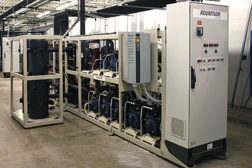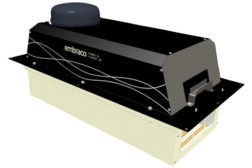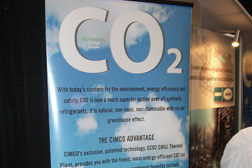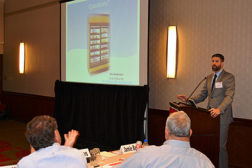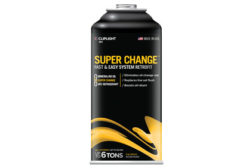Refrigeration
More Supermarkets Utilizing Natural Refrigerant Systems
Read More
Considering Complexities in Commercial Refrigeration
Symposium Also Looks at Refrigerants, Energy Efficiency, Sustainability
March 2, 2015
The Transactional Way to Efficient Refrigeration
Approach Being Studied by Oak Ridge, Energy Department
Read More
Feb. 25, 2015: ARCA Receives Patent for Refrigerant Recovery and Recycling
System Incorporates Various Levels of Automation to Reduce the Number of Human Operators Required
February 25, 2015
Copyright ©2025. All Rights Reserved BNP Media.
Design, CMS, Hosting & Web Development :: ePublishing
